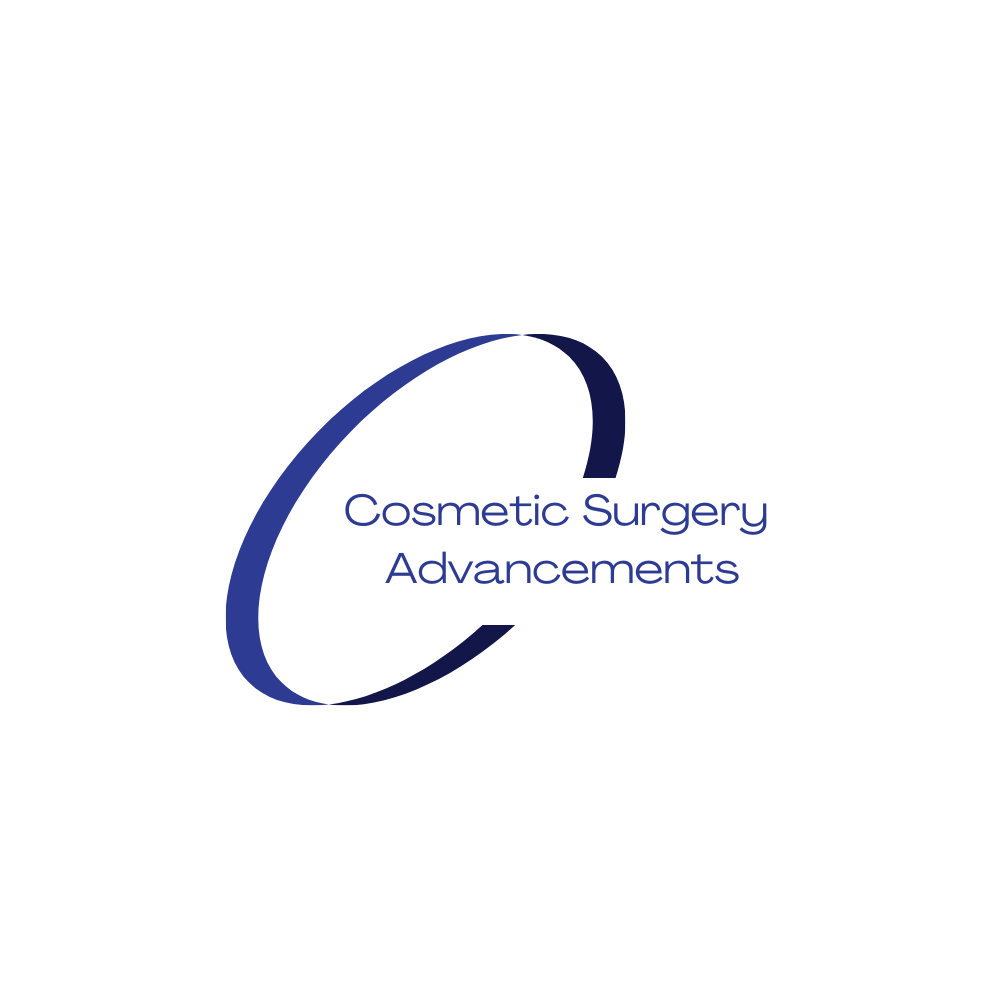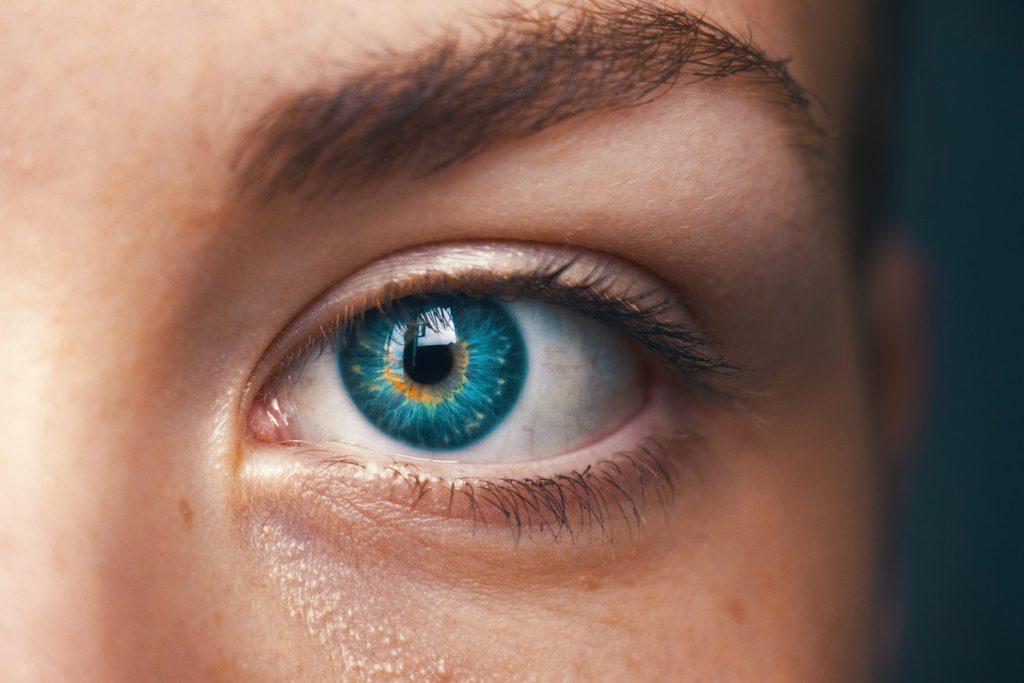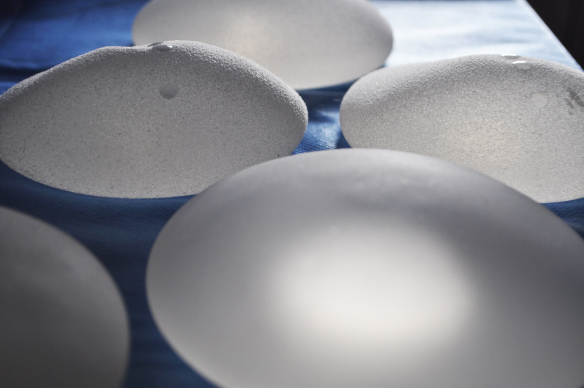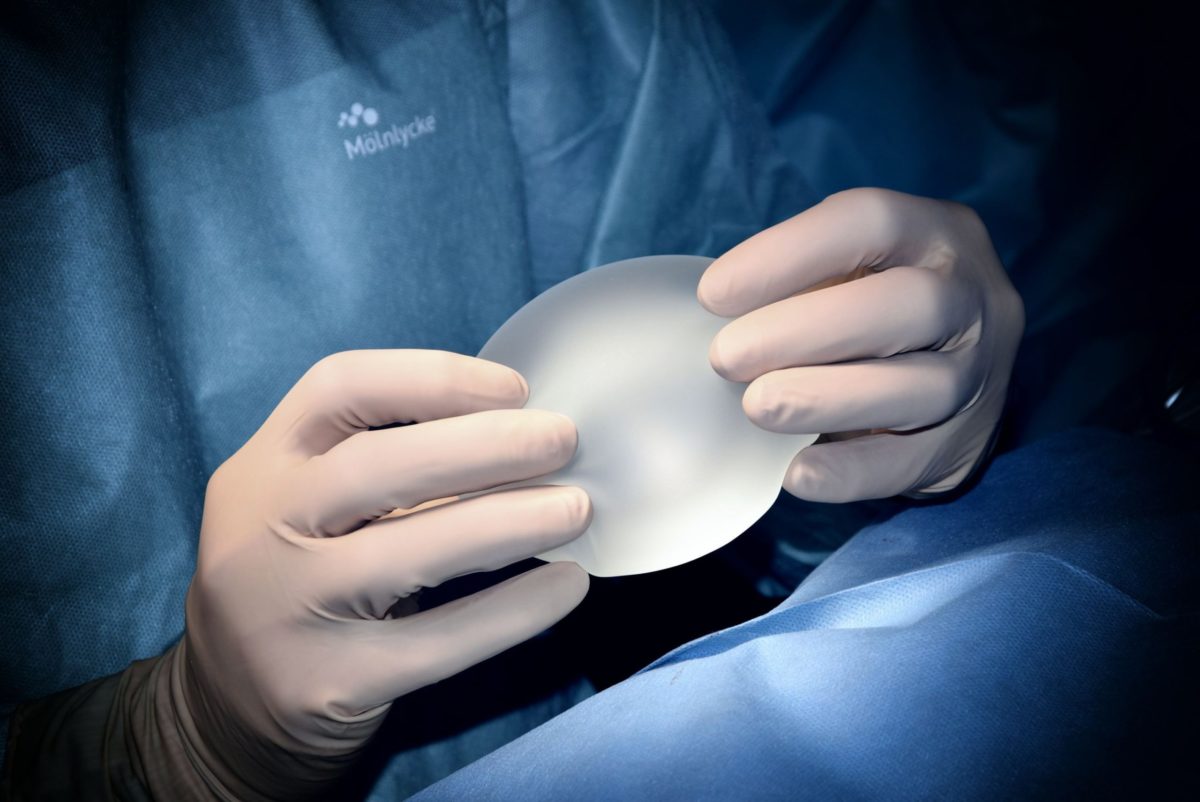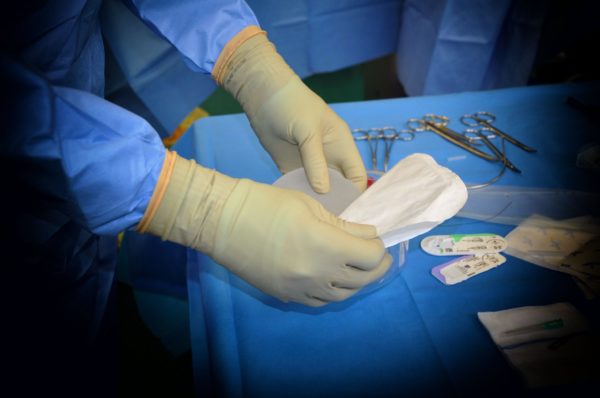Eyebag removal is a very popular procedure to help to make you look younger and fresher, closely followed by eye lift (upper blepharoplasty). Refined techniques produce a very natural look. Once swelling and bruising have dissipated and the scars have healed, no one will know you have had any type of procedure. When combined with a brow lift, a full facelift may not be needed and the overall effect can help you to look 10 years younger
Lower blepharoplasty procedure
A lower blepharoplasty procedure is performed to excise excess fat that can give you eyebags. The procedure can be performed under a general anaesthetic or local anaesthetic, with sedation if requested. The incision is made inside the actual eyelid or along the outer line, just below your eyelashes. This then allows your plastic surgeon to access the fatty pads of tissue. Performing eyebag removal is extremely difficult, as it is vital enough of the fatty tissue is removed without removing too much and causing a hollow area beneath the eye. When performed correctly the area beneath the eye will feel smooth, without dipping inwards. When located inside the eyelid the scars are completely hidden, when located along the lower lash line, once faded it will be very difficult to detect. Your plastic surgeon should explain the reason why they prefer to use a particular incision and explain if it will make any difference, to the outcome. A lower blepharoplasty procedure normally takes between 45 minutes and 60 minutes.
Upper blepharoplasty procedure
An upper blepharoplasty procedure is performed to reduce the appearance of deep-set eyes or remove when eyelids look like they are ‘drooping’. The procedure can be performed under local anaesthetic, with sedation if requested. Although your plastic surgeon may recommend the procedure is performed under a general anaesthetic, especially if it is being combined with a lower blepharoplasty. The incision is made in the crease of the eyelid. A segment of skin is then excised and the muscles are repositioned, this is a very skilled procedure. An upper blepharoplasty procedure normally takes around 90 minutes, and up to 150 minutes, when combined with a lower blepharoplasty.
Upper and, or lower blepharoplasty procedure and brow lift combination procedure
A new technique combines an upper and, or lower blepharoplasty procedure with a browlift. This procedure is not currently performed by many plastic surgeons. You may want to consider this combination of procedures if you feel like you need more than just an eye lift, and are not yet ready to have a full facelift. The advantage of combining an upper blepharoplasty with a brow lift is that the incisions are made in the eye creases and when healed will be very well hidden. The muscles in the brow are then repositioned to lift the brow and decrease any lines and, or deep creases in the forehead. When a lower blepharoplasty procedure is also performed, the incisions are made inside the lower eyelid or beneath the eyelashes. Once healed scars inside the eye are completely hidden and scars in the lower lash line will be hard to detect. This procedure can be performed under a general anaesthetic or local anaesthetic, with sedation if requested. An upper blepharoplasty and brow lift combination procedure normally takes around 2.5 hours and up to 3 hours, when combined with a lower blepharoplasty.
Recovery times after upper and, or lower blepharoplasty procedure, with or without a brow lift procedure
Regardless of the procedure, you are likely to have some bruising and swelling, and the incisions may feel sore and itchy. It is likely the procedure will be performed as a day case, although if you have general anaesthetic you may need to stay in hospital for one night. You should sleep with your head slightly elevated, on your back. You should take it easy for the first 3 days and avoid tilting your head downwards. Most people feel ready to return to work after 3 days although you need to avoid strenuous exercise for at least 30 days. Stitches will be dissolvable and any that are remaining will be removed after approximately 10 days, during your check-up appointment. By this time the most of the bruising and swelling should have dissipated and you can start wearing makeup. Within 3 months any remaining swelling and bruising should have gone. The result should be very natural, and when a lower blepharoplasty is performed, the appearance of dark circles should also be decreased. With correct positioning, once the incisions are healed, scars should not detectable.
My advice
Always have any of these procedures performed by a specialist plastic surgeon in a surgical theatre. Discuss how the procedure will be performed, where incisions will be located and what degree of bruising and swelling you should expect. If you chose to have a local anaesthetic, discuss what you will be able to feel and if you require sedation, how this is administered. All plastic surgeons on the C.S.A register are qualified plastic surgeons in the UK and USA.
